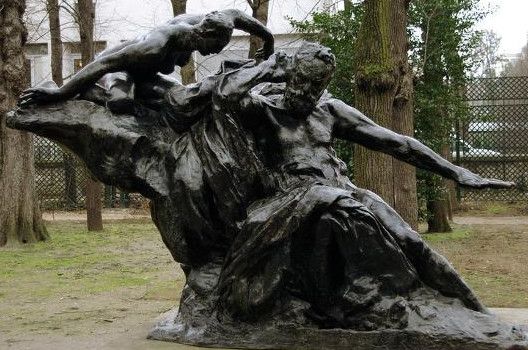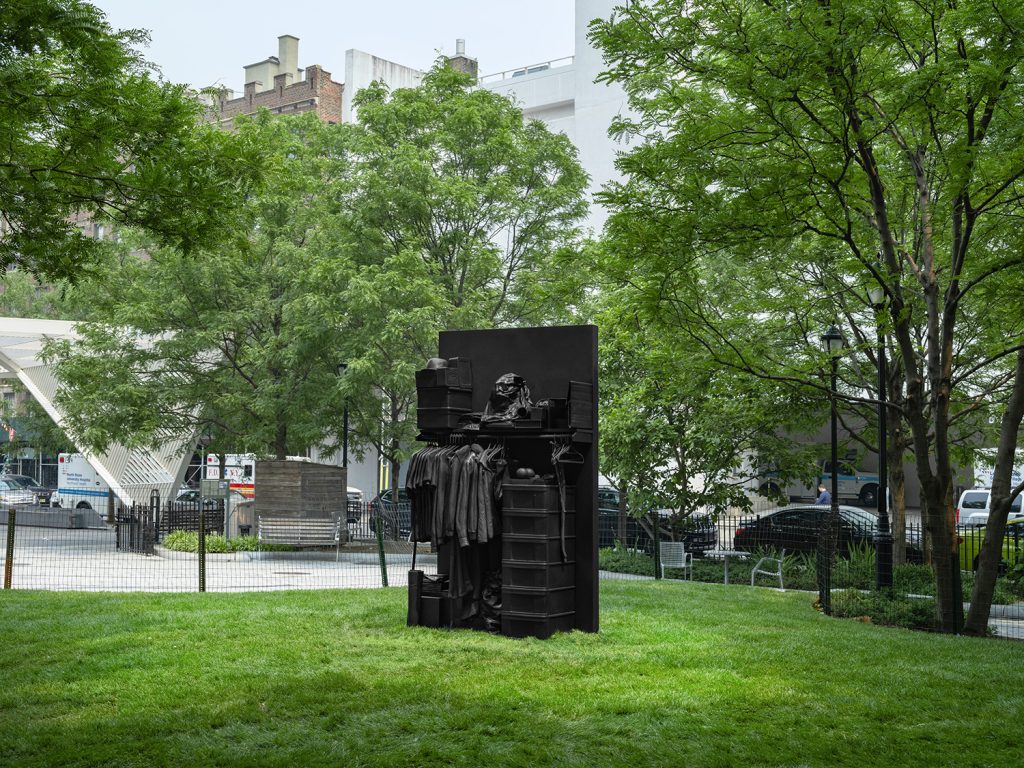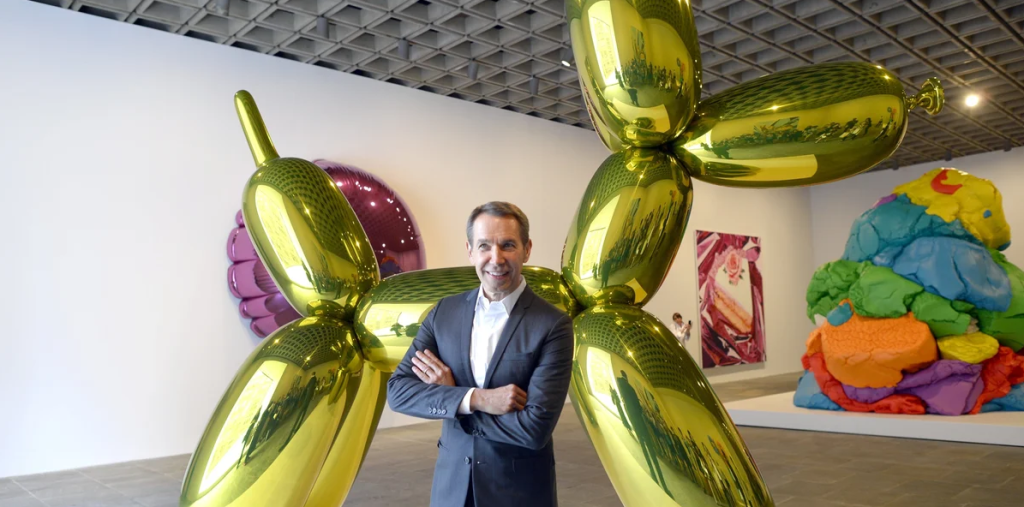Unveiling Genius: Rodin’s Monument to Victor Hugo Celebrates Literary Legacy
The intersection of art and literature often gives rise to creations that transcend their mediums. Auguste Rodin’s Monument to Victor Hugo is a striking example of this synergy, commemorating one of France’s most revered writers. As we explore this remarkable piece, we uncover insights into Rodin’s artistic vision, the significance of Hugo’s legacy, and the enduring impact of their works.
The Artistic Genius of Auguste Rodin
Auguste Rodin, a pioneer of modern sculpture, is recognized for his innovative approach that bridged the gap between classical and contemporary art. His Monument to Victor Hugo, commissioned in 1891, throws light on Rodin’s ability to convey emotion through form and texture. The monument features a powerful depiction of Hugo that captures not just his likeness, but the essence of his literary contributions. Rodin’s use of dramatic poses and intricate details invites viewers to connect with Hugo both as a man and a monumental figure in literature. This work stands as a testament to Rodin’s mastery in blending the physical and emotional realms of existence.
The Literary Legacy of Victor Hugo
Victor Hugo, known for his impactful works such as “Les Misérables” and “The Hunchback of Notre-Dame,” played a crucial role in shaping French literature. His writing not only delved into the human condition but also championed social justice and political reform. The choice to honor Hugo with a monumental sculpture underscores the significance of his contributions to society. Rodin’s monument serves as an homage to Hugo’s enduring relevance, inviting modern audiences to reflect on the themes of love, redemption, and the struggle against oppression that resonate in Hugo’s works. The grandeur of this tribute complements the weight of Hugo’s literary legacy, forever linking the two icons of French history.
The Monument in Context
Situated in the heart of Paris, Rodin’s Monument to Victor Hugo is more than just a sculpture; it is a cultural landmark. Located in the Place des Vosges, a historic square frequented by both locals and tourists, the monument attracts visitors eager to experience the artistic blend of literature and sculpture. The site and its ambiance enhance the experience, allowing viewers to immerse themselves in the rich history of Paris while contemplating Hugo’s influence. Furthermore, the monument’s placement signifies the collective memory of a society that values its literary heritage, encouraging conversations about the relevance of literature in today’s world.
In conclusion, Auguste Rodin’s Monument to Victor Hugo celebrates a unique fusion of art and literature that continues to inspire. By understanding the artistic genius behind the monument and the literary legacy of Hugo, we gain insight into the profound impact these two figures have on culture. If you’re in Paris, take the time to visit this monumental tribute and reflect on how art and literature shape our understanding of humanity. Embrace the opportunity to dive deeper into the works of Victor Hugo and explore the masterpieces of Rodin—each tells a story worth discovering.


